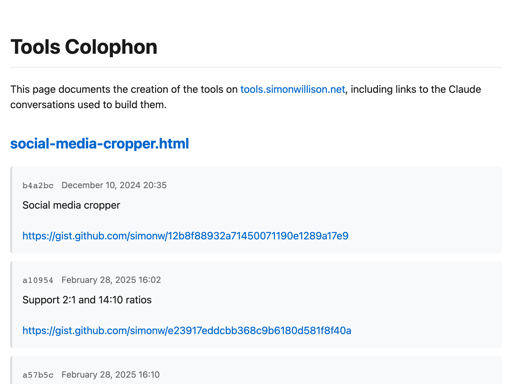

Okay, thanks for chiming in. Because I also game on PC, I think I’ll scrap the AI server idea and stick with a desktop workstation that will do both gaming and AI tasks.
ETA good point about being able to remote into the desktop workstation from other devices.













One thing stack exchange moderators got right is they required posts with links to include at least a snippet of info from the linked page for exactly this reason.